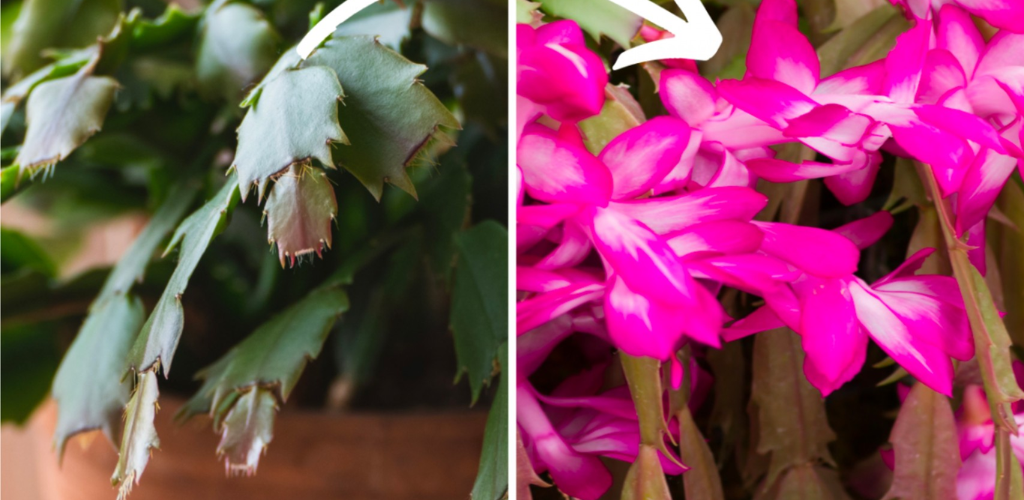Is the Slumbergera not blooming yet? See what you need to do
Christmas cacti are one of the most popular houseplants, especially during the festive season. Their botanical name is Schlumbergera, and they originate from the tropical forests of Brazil. It is important to take this into account when caring for them, as they grow as epiphytes in humus-rich, lime-poor soils. They always need soft water, high humidity and a partially shaded location without direct sunlight.
Varieties of Christmas cacti
Christmas cacti are known for their rich variety of colors. During their flowering period in December, they are covered with white, salmon, pink, purple or red flowers. These plants form flat, highly branched shoots with many links and a hanging habit. The flowers are delicate and appear at the ends of the shoots, often with a length of 4 to 8 cm.

Cultivation and care
For optimal growth, Christmas cacti should be placed in a bright place but without direct sunlight, for example on a north-facing window. The temperature should be around 20°C, and during dormant periods in winter it should be even lower. The substrate should be well-drained and have a slightly acidic pH. Waterlogging must be avoided, so a drainage layer in the planter is important. Watering should be moderate to ensure a constantly moist substrate. Once a month, the plant should be fed with a commercial fertilizer for houseplants. Christmas cacti do not like changes of location, as they are sensitive to this and can lose their flowers during the flowering period.
Flower induction and propagation
To initiate renewed flowering, Christmas cacti should be repotted in spring. In summer they require moderate temperatures and regular but sparing watering. In autumn, watering should be reduced and the plant should be placed in a cool, bright place to encourage flower bud formation. Propagating Christmas cacti is easy and is done by cutting off a shoot tip. Cuttings should be left to dry in a shady place for a few hours before being planted in a mixture of peat and sand.
With proper care, Christmas cacti can thrive for many years, blooming again each year to bring the festivities into our homes.
